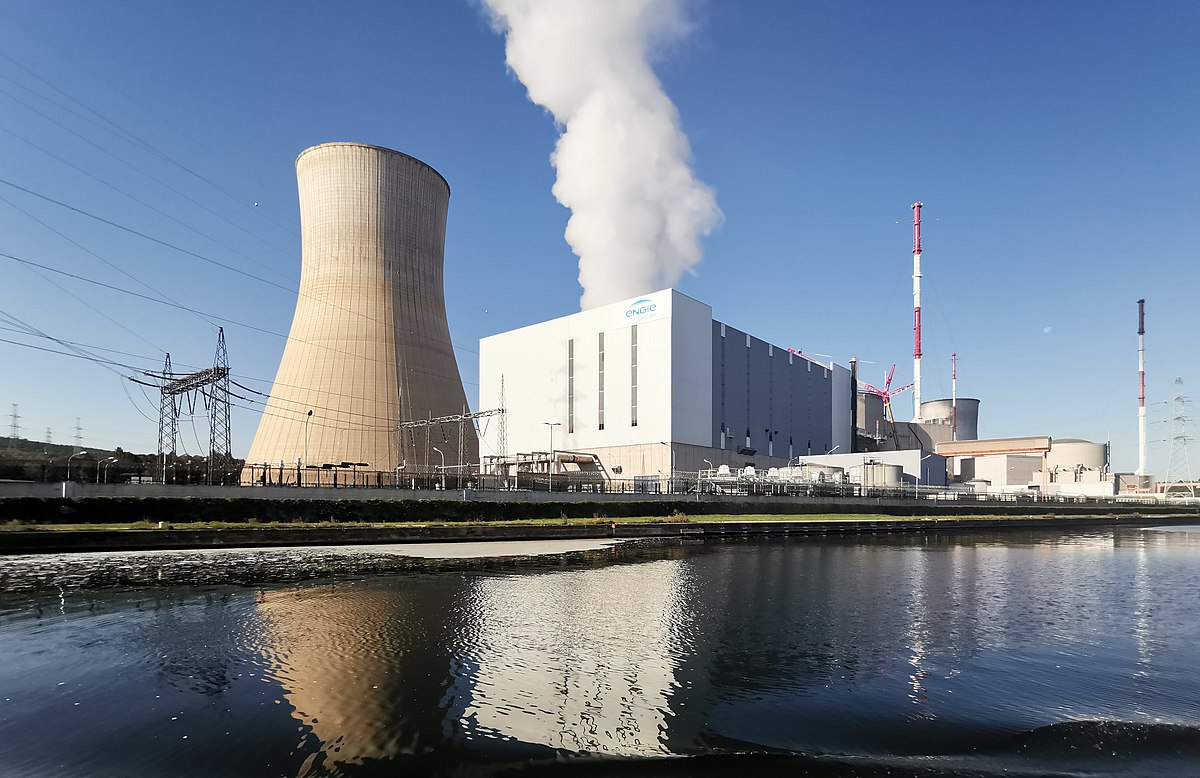– The emerging governance system of the Energy Union brings some positive processes as streamlining the reporting obligations, but can provoke new ones creating unnecessary obligations for the member states. Stakeholders from Central Europe point out in the released position paper the most striking inconsistencies of the proposal for a Regulation on the Governance of the Energy Union – states Central European Energy Partners group.
The Governance of the Energy Union proposal aims to achieve several goals. It should reduce administrative burden on Member States due to streamlining of reporting obligations and facilitate attainment of the 2030 climate and energy targets thereby contributing to achieving Paris Agreement’s commitments. Last but not least, by imposing of planning obligations along the five dimensions of the Energy Union, it should add coherence for a development of an energy policy and provide certainty for investors. It is an ambitious agenda and CEEP fully supports those goals. We would like to however underline several inconsistencies which may hamper overall positive impact of this act.
- Consultation process. Streamlining of reporting obligations would reduce the administrative burden on Member States. In this regard, CEEP wishes to highlight a paradox of the system that has been designed: reporting obligations will be replaced by extensive consultation mechanisms both at horisontal (Member State – Member State) and vertical (European Commission – Member States) levels, which will ultimately pose a significant administrative effort.
- Legal certainty. A ten year period of INECP seems to be an appropriate timescale. However, one should note that Member States have to submit the first draft plan by the end of this year, although one cannot know the final version of the legislative act and must therefore take into account various contradictory targets presented in different amendments (e.g. the RES target is increased up to the 45% in 2030 in the draft report of MEP Claude Turmes). This may cause problems for national administrations that have already begun the preparation process, hampering consultations and in consequence, impacting the quality of these plans. Analytical assumptions, which are the basis for the preparation of the first INECP, cannot be freely adjusted to every possible regulatory scenario.
- Financial Platform. For countries lagging behind with their RES trajectories, instead of creating incentives to stimulate investment in their own domestic RES sources, they will be contributing to the financing platform. At the same time, it has yet to be decided whether this financing platform will be addressed directly to the underperforming Member States. Further, it is expected, instead of supporting investments in Member States with unsatisfactory levels of RES, in practice address those projects which offer the best value for money, meaning that the RES-leaders will be in a more privileged position. Therefore, the compliance gap would not be met by the financing platform. We urge the EC to publish a version of the financial platform that covers the project selection procedure and decision making process.
- RES trajectories. By launching the financing platform, Member States may be dis-incentivised to set an ambitious RES trajectory. We assume that in order to avoid the risk of being fined, Member States would adopt a more cautious approach to further RES development. Building on experiences related to the already finalised RES-development process, we should acknowledge that RES generation and consumption has never increased in a linear way. The investment process has its own dynamics, which may cause an accumulation of RES investments in certain years, followed by lack of finished, new RES generation capacity in the rest of the period. Thus, the linear RES development trajectory does not reflect the investors’ perspective and should not be the basis for further enforcement actions.
“CEEP believes that in order to achieve the Energy Union goals, an effective and coherent system of governance must be established. With this position paper we would like to contribute to the debate with the hope that it will trigger the adoption of a balanced and fit-for purpose regulation” said Eryk Kłossowski, Chairman of the Board of Directors of CEEP.
“The governance of the Energy Union should provide a coherent and stable framework to boost investments in the energy sector. This aim can be achieved only through proper engagement of stakeholders at national and Europe-wide level. The rapidity of the legislative timeline compromises a comprehensive consultation phase, contradicting one of the crucial objectives of the proposed governance system: providing more certainty and predictability for investors” pointed out Maciej Jakubik, Executive Director of CEEP.
BACKGROUND: Central Europe Energy Partners (CEEP) represents energy and energy-intensive companies and organisations from four Central European countries, employing over 200,000 workers, with a total annual revenue of more than EUR 30 billion. CEEP is the first major body to represent the energy sector companies from the region at the EU level. The aim of CEEP is to strengthen the region’s energy security within the framework of EU energy and climate policy. CEEP is an international non-profit association with its headquarters in Brussels.








